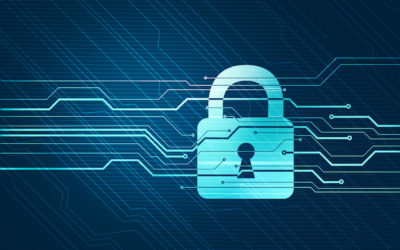Can you restore what you need to, right now?
Many companies have workloads in many places and in many forms. Split amongst virtual and physical, on-premises and cloud or multi-cloud, priority for these systems is keeping them running and available. Years ago, the “P2V conversion movement” dealt with transitioning aging physical servers into their new homes as virtual machines. This solved a number of problems, mostly hardware that was old, no longer supported, out of warranty, or simply “could not be turned off” for application reasons.
Fast forward many years, and the issue still lives. Industries, and customers, demand availability, no matter what the source. The question now becomes one of keeping things running no matter where they exist, specifically when you need to restore the system for some reason.
Can Veeam back up physical servers?
Veeam® Software, a leader in Cloud Data Management, and the pioneers of instant virtual machine recovery, provides the recovery solutions you need. Veeam started as a virtual-only solution but began offering agents for physical servers in 2017. Veeam has been able to restore any Veeam agent-based Windows into Hyper-V for a time now, but with Veeam Backup & Replication v10 released in February of this year, any Veeam-based backup of a workload can be restored as a VMware vSphere virtual machine. According to Veeam’s documentation, this includes:
- Backups of VMware vSphere virtual machines created with Veeam Backup & Replication
- Backups of vCloud Director virtual machines created with Veeam Backup & Replication
- Backups of Microsoft Hyper-V virtual machines created with Veeam Backup & Replication
- Backups of virtual and physical machines created with Veeam Agent for Microsoft Windows or Veeam Agent for Linux
- Backups of Nutanix AHV virtual machines created with Veeam Backup for Nutanix AHV
- Backups of Amazon EC2 instances created with Veeam Backup for AWS
- Backups of Microsoft Azure virtual machines created with Veeam Backup for Microsoft Azure
This solution utilizes Instant VM Recovery and a new instance of that system or workload can be up and running in a vSphere environment in minutes or even seconds, allowing you to P2V or even V2V systems easily and without additional hardware or cost, assuming you have a vSphere environment with sufficient resources available.
For Global Data Vault, this provides additional disaster recovery options and flexibility to benefit our customers.
More DRaaS & BaaS Articles
Cloud Mobility – Buzz Words or Pain Point?
Do an internet search on “cloud mobility,” and you will get a TON of results. The definition(s) can be confusing, but basically it describes the ability to avoid locking in workloads to a specific cloud vendor. Diversification of resources between private and public...
The Air Gap Controversy
In a previous blog post, we talked about the 3-2-1-1 data protection concept as well as “air gaps.” We’ve also discovered that viruses can corrupt files that are written to air-gapped technologies, such as tape, rendering them useless, and the same can happen to other...
Gartner Magic Quadrant for Data Center Backup and Recovery
It’s that time of year again, when the analysts analyze and publish the Gartner Magic Quadrant insight into products and solutions ahead of a calendar year budget cycle. This is for good reason, although Gartner recommends against buying solely based on what is...
What is Global Data Vault’s Enhanced Data Protection?
In Veeam Backup and Replication 9.5 Update 3, Veeam introduced a feature called “Insider Protection,” and updated it for the most recent release of Update 4. Insider Protection is a method used to combat the malicious or intentional (and perhaps even accidental)...




0 Comments